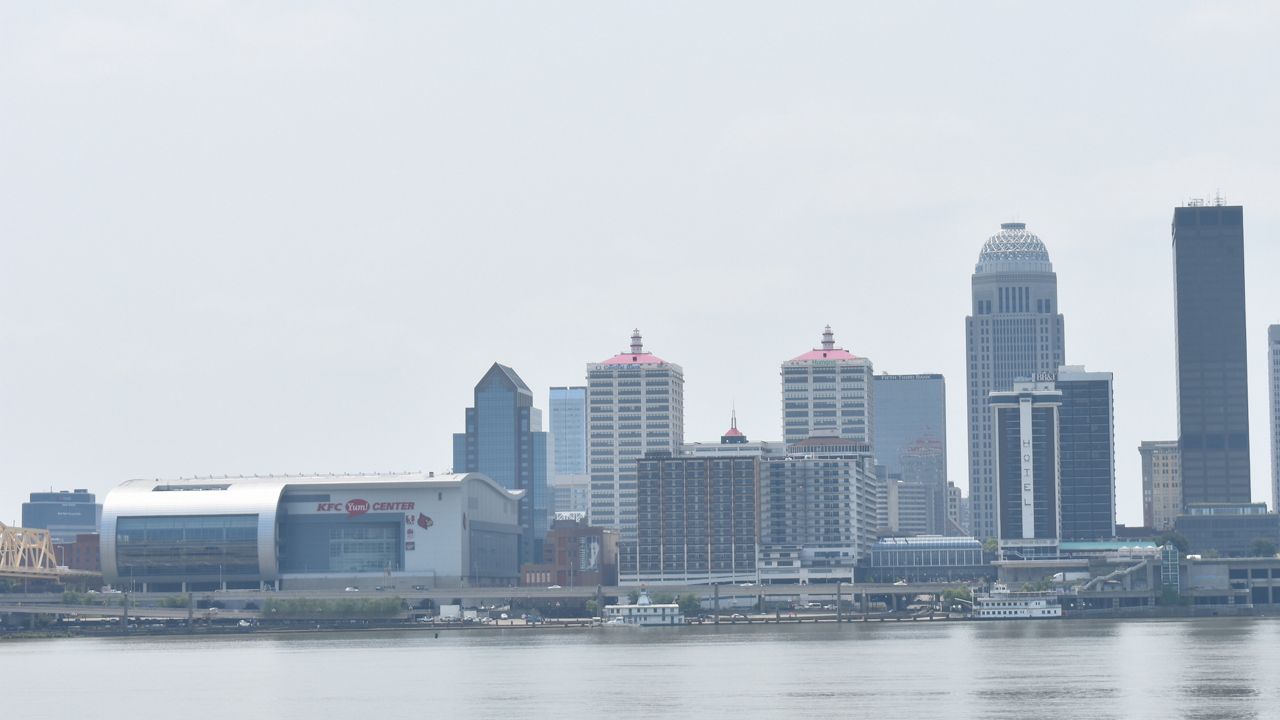LOUISVILLE, Ky. — Kentucky metropolitan areas grew over the past decade as the state became more diverse, according to data released Thursday by the U.S. Census Bureau. Both trends mirror those taking place across the nation.
The census data, which includes county-level numbers on population and race, will be used to redraw political maps in the Commonwealth, from Congressional districts down to city council districts.
Dr. Matthew H. Ruther said the data released Thursday makes it clear that changes are coming.
“The principle of redistricting is that all districts have approximately the same number of people,” said Ruther, Associate Professor of Urban and Public Affairs at the University of Louisville. “If you look at maps from yesterday's data, you can see that there are many districts, particularly in suburban areas, that have too many people to be equal, and then there are other districts, primarily in the eastern and western parts of the state, that had too few people.”
Here are four big take-aways from the census data and Ruther’s explanation of what it all means:
The past several decades have seen mass migration away from Kentucky’s rural areas and toward the state’s cities and suburbs. The trend became even more pronounced between 2010 and 2020, when Jefferson, Fayette, Warren and Boone counties added a combined 106,000 residents. Jefferson County, home to the state’s largest city, saw the largest growth in raw numbers, adding 41,873 people. Kentucky was far from unique in this regard. Nationally, 80% of metropolitan areas saw a population increase.
But the suburbs grew at a higher rate than the cities in the Bluegrass. Four of the counties bordering Jefferson County saw their populations increase by more than 10%, compared to Jefferson’s 5.7%. And in Central Kentucky, Scott County, home to the Lexington suburb Georgetown, grew at higher rate than any of the state’s 120 counties. The county of 57,000 added nearly 10,000 people over the last decade, a 21.2% increase.
“Suburbanization has been going on for 50 years now,” Ruther said. “And it continues.”
Only eight Kentucky counties shed more than 10% of their population between 2010 and 2020. Seven of them were in eastern Kentucky, with Cumberland County, on the Tennessee border, the lone exception.
Bell County (-16%) in far southeast Kentucky saw the biggest dip, followed by Owsley County (-14.8) and Cumberland County (-14.1%).
Ruther said none of this was a surprise, though the numbers were not exactly what he expected.
“It seemed that the places that grew, grew a little bit more than we might have expected,” he said. “And the places that lost population, lost a little bit more than expected.”
The state’s population hit 4,505,000 this year, an increase of 3.8% over 2010. That’s better than neighboring states Illinois and West Virginia, both of which lost residents in the past decade, and Ohio (2.3%) and Missouri (2.8%), which saw smaller increases.
But Kentucky’s growth trailed border states Indiana (4.7%), Virginia (7.9%) and Tennessee (8.9%).
While Kentucky remains an overwhelmingly white state (82.4%), it did become more diverse over the past decade, keeping with national trends. The Census Bureau assigns states a Diversity Index (DI), which represents the likelihood that two people selected at random will be of different races. Kentucky’s DI increased from 24.8% in 2010 to 32.8% in 2020. That 8% increase was greater than the national DI increase, which was 6.2%. Still, Kentucky was in the bottom 10 nationally in DI, with an 8% Black and 4.6% Latino population.
“We’ve made some progress,” Ruther said, “but it’s very, very slow.” Immigrants, particularly those from Latin American countries, have not come to Kentucky at the same rates as bordering states. Ohio (4.4%) and West Virginia (1.9%) are the only neighboring states with a smaller Hispanic population, while Indiana (8.2%), Virginia (10.5%) nd Illinois (18.2%), are markedly higher.



